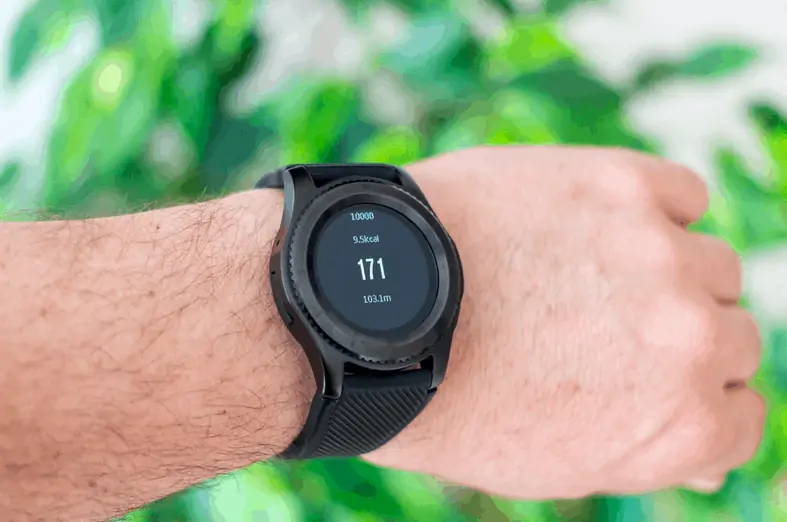When you’re on a mission to shred, seeing how many calories you’ve burned each day can be satisfying (if you have an Apple watch or other gadget that tracks your burn, you know what I mean!).
Sometimes you may notice on your calorie-tracking apps or watches different categories of calories, namely Active Calories and Total Calories. At the end of the day, overall calorie burn is important, but these categories can make calorie counting a little confusing.
Below, I’m breaking down the difference between the two, and how you can maximize your burn, both overall and on you active count!
Active Calories vs. Total Calories
To put it simply, Active calories are calories burned strictly from activity (be it a working, walking, etc …), while Total calories are the total amount of calories you’ve burned per day or week.
Your Total calories burned includes your Active calories and calories you burn normally throughout the day for basic body functions. This is similar to if you discover your Basal Metabolic Rate (BMR), or calories you burn on a normal day, and add extra activities from working out, which would be your “active” calories.
If you want to discover your BMR, this is a good calculator to get an average!
How to Burn More Calories
The default thinking here in most cases is to simply “work out longer” or “run more miles.” And, while this will certainly up your calorie burn, it may not be sustainable in the long run unless you have ample amounts of time and truly enjoy doing it! (And if you do, by all means go for it!).

This is why when it comes to increasing calorie burn, high-intensity interval training, or HIIT, truly is your best friend.
This is because HIIT truly “hits” all of the individual avenues for calorie burn simultaneously.
Not only does it burn a great amount of calories during your workout – which is typically at most 30 minutes long – it has been shown in studies to burn a higher number of calories for up to 38 hours after your workout. I know, right? This is also referred to as “the afterburn effect,” and occurs due to the energy your body requires to return to homeostasis following an intense workout.
When you perform an extremely intense workout (aka: HIIT) your body not only has to use energy to repair your muscles, but also re-oxygenate your system, bring your body temperature back to normal, and replenish energy sources, such as ATP.
All of this results in an increased calorie burn even after your workout is finished, and this is something you may not get after, say, a light jogging or walking session.
Not to mention, many HIIT sessions also use bodyweight movements and weights, which means you’re building muscle … and muscle burns more calories at rest than fat! This again also means you’ll be burning more calories even when you’re not working out.
P.S.: If you want to rapidly shred fat and make serious gains, check out my 6-Week Ripped Warrior Course on the MV Fit App!
Diet is KEY
In addition, DIET IS KEY when it comes to losing fat, and having an ultra-clean diet will make it easier to maintain your calorie limits/goals. This recent blog breaks down exactly what you should and should not be eating in regards to shredding, so check it out.
Steps Add Up
Another thing to focus on when it comes to increasing Total calorie burn outside of working out is to increase your amount of daily steps. This could look like always taking the stairs vs. the elevator, going for a walk during lunch time, parking farther away in the parking lot, and just generally walking more throughout your days. This may seem insignificant, but trust me, it adds up over the week!
Spicy Foods and Protein
This idea may not significantly increase your burn, but every little bit counts, right?
Research shows that some spicy foods, like peppers, can temporarily give your metabolism a boost. In a similar way, other research has also shown protein can burn more calories due to the energy required to digest it.
Again, I wouldn’t rely on these for significant burn, but both can assist in feeling full, and are part of eating healthy regardless!
At the end of the day, remember that your Active calories compromise those you’ve burned during activity, while your Total calories are your active calories combined with the rest of your calorie burn.
Cheers to that shred!